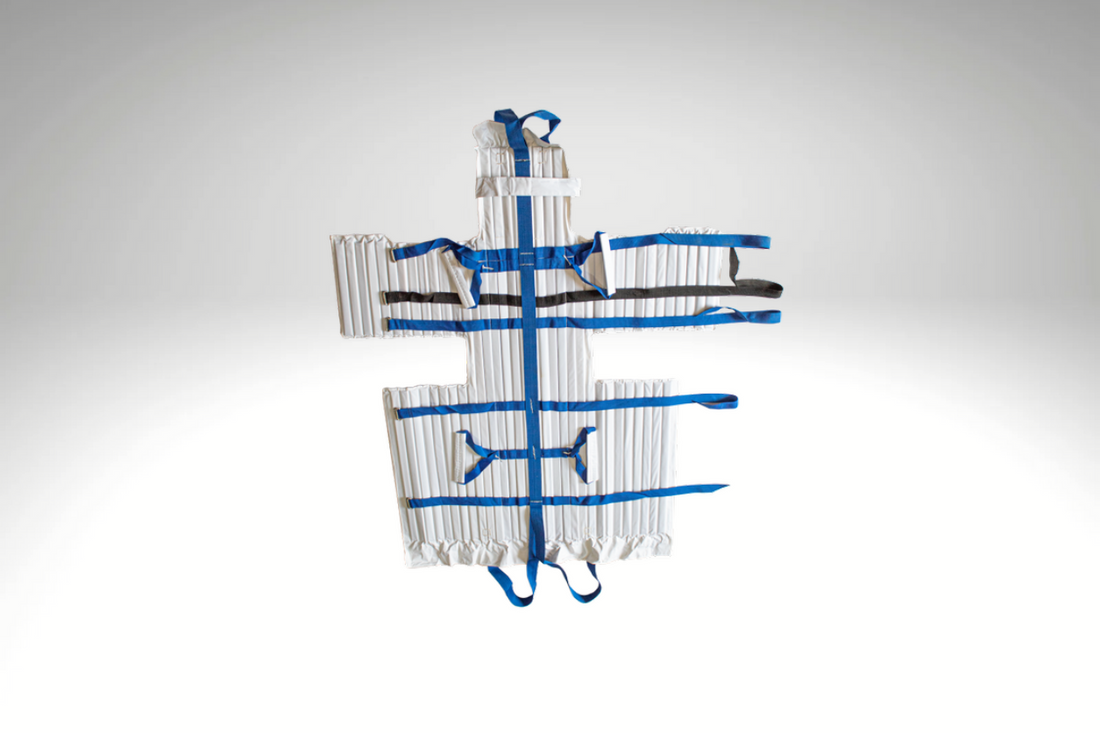Transporting injured people from A to B has long been achieved through the use of medical stretchers. In fact, the use of these pieces of equipment can date back to at least the 14th century and France, with early manuscripts describing wicker frames that were used as stretcher-like beds.
While it’s unclear as to whether these first iterations of the stretcher that we know today were used for medical purposes, it is likely that they served as inspiration for the design of those that now feature very heavily in healthcare settings.
It wasn’t until the 18th century, however, that medical stretchers really came to the fore, used to help transport injured mountain climbers down from the summit.
One long-lasting example of these rescue stretchers is the Neil Robertson stretcher, developed (perhaps unsurprisingly) by medical professional John Neil Robertson, who designed the equipment between 1906 and 1912 to be used on ships for rescuing people from tight and enclosed spaces.
It is still used today for emergency rescues and there are many benefits to having one onsite. To help you decide if it’s the right option for you here, are some of the most frequently asked questions about this type of stretcher.
What are Neil Robertson stretchers best suited for?
These stretchers are perfect for use in cargo holds, boiler rooms, engine rooms and any other such spaces where access is limited, or where people need to be lifted or lowered to safety in difficult circumstances.
How do you use a Neil Robertson stretcher?
Lay the stretcher on the ground alongside the casualty with the canvas side facing upwards. Untie the guide ropes, head strap and restraining straps, then position the casualty on the stretcher using recognised patient handling techniques.
Secure the casualty using the relevant straps, with their arms inside the centre strap. Ensure that all straps are tight and securely fastened to ready the casualty for evacuation.
What are the main benefits of the Neil Robertson stretcher?
The key advantages of this type of stretcher include the fact that no specialist training is required to use it, it can be folded neatly for easy storage, it’s made of high-quality materials for durability and longevity, it’s lightweight and the strapping keeps casualties firmly in place, even when vertical recovery is required.

